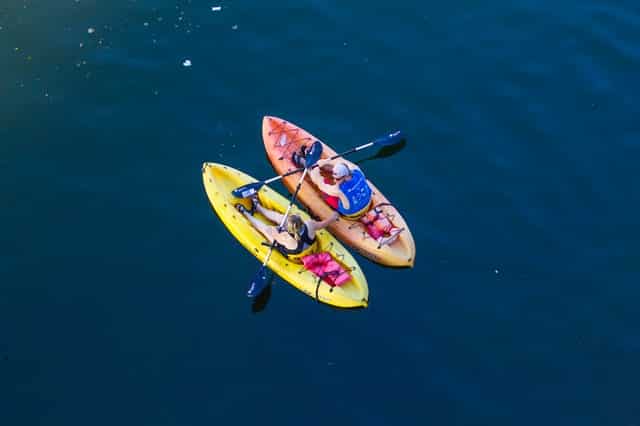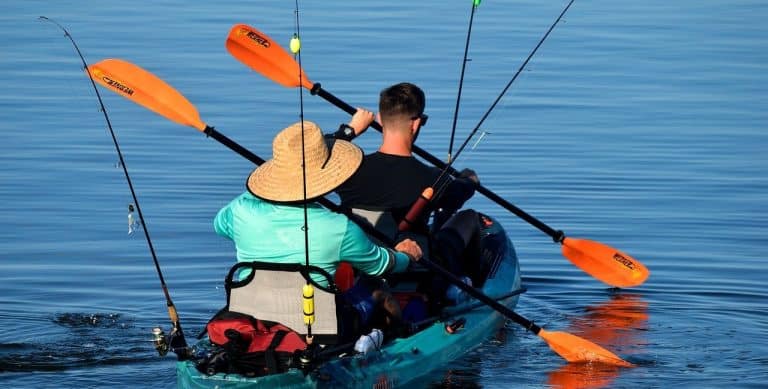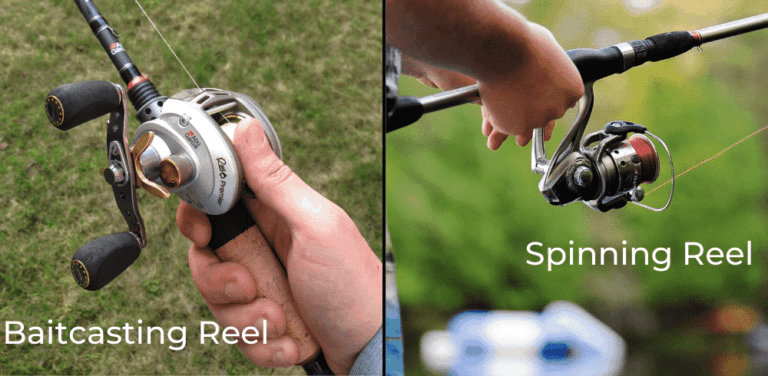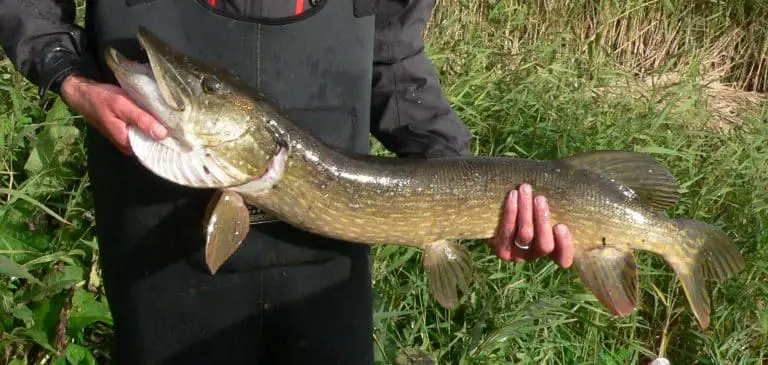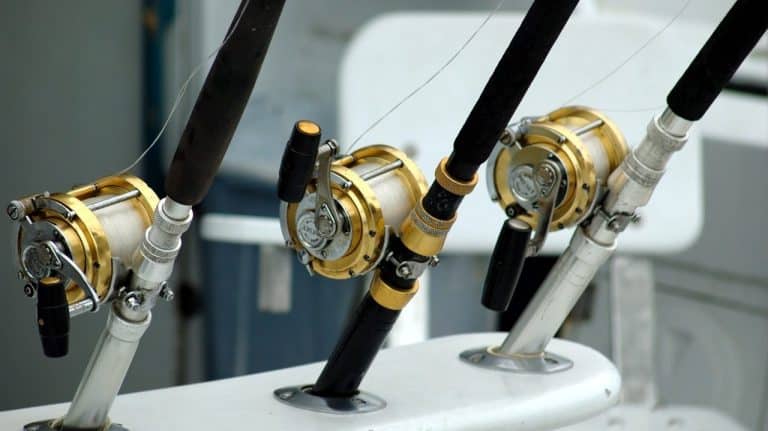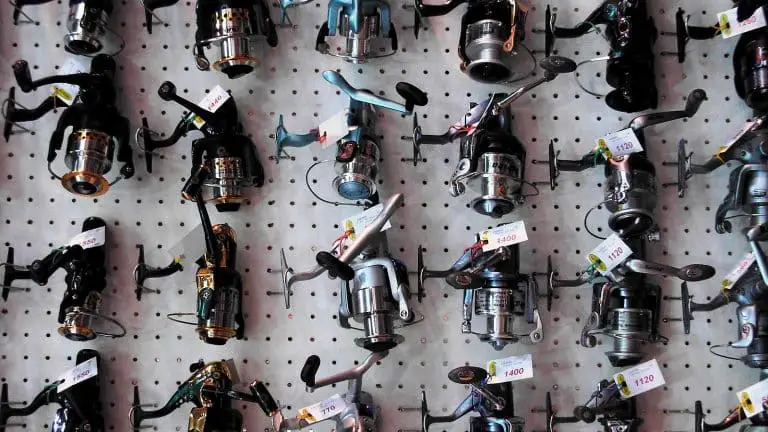Is Fishing At High Tide Better?
Is fishing better at high or low tide?
The best time to fish is when a lot of movement occurs in the water, causing fish to be more active. During high tides and low tides, the water is; described as “slack” or stagnant so neither fishing at high tide nor low tide is better.
Instead, try to go surf fishing in the middle of the flooding and falling tides for the best results.
What are Tides and Why do They Occur?
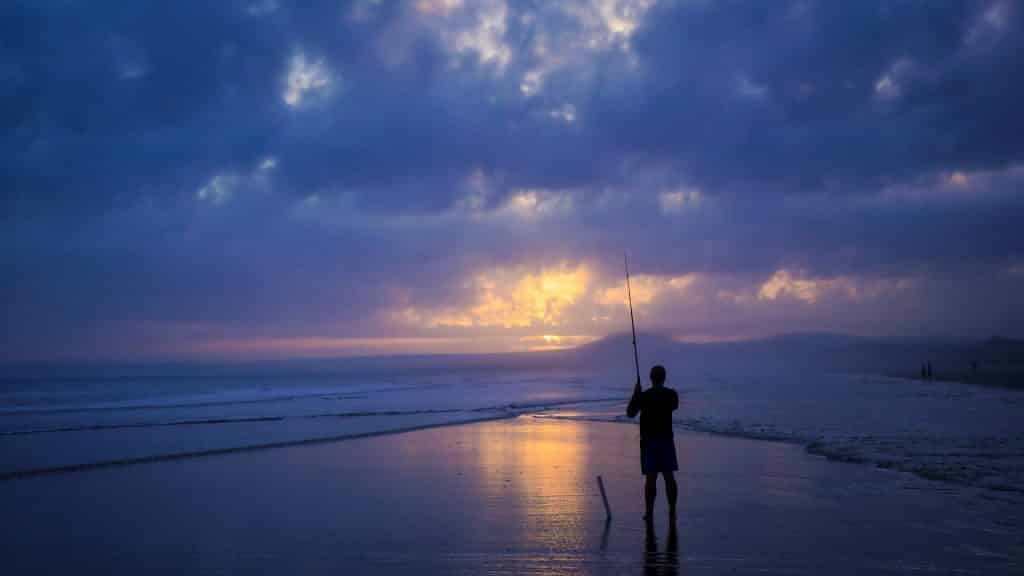
The term “tide” defines fluctuations in the water levels reacting to the Moon’s gravitational pull. Tides occur in all water bodies, but the movement levels are too small to notice in most lakes and ponds. The water movement is, however; very noticeable in creeks, rivers, and along coastlines.
A high tide occurs when the Moon is at the closest point in its orbit around the Earth, at this point the Moon’s gravitational pull is at its strongest.
During high tides, water levels are at or very close to the high watermarks of the shoreline. Tides occur just about every 12 hours and 25 minutes. Most coastal areas will experience two (2) high tides and two (2) low tides within 24 hours and 50 mins (The Lunar day). Shorelines experience both a high and low tide cycle every 6 hours 12 minutes 30 seconds.
Tide Cycles and Slack Periods
The tide cycle; is divided into several series of events. There is the flood or flow tide when water inflows to form the high tide and the reverse process known as the ebb tide.
The ebb tide is when the water line recedes toward the sea. The flood and ebb tide help create ocean currents. Currents facilitate aquatic life and food movement within seas and oceans and even inland as water flows into swaps and up creeks and rivers.
The other part of the cycle is the stagnant or “slack” period when the seawater is almost still.
Tips to improve fishing at high tide
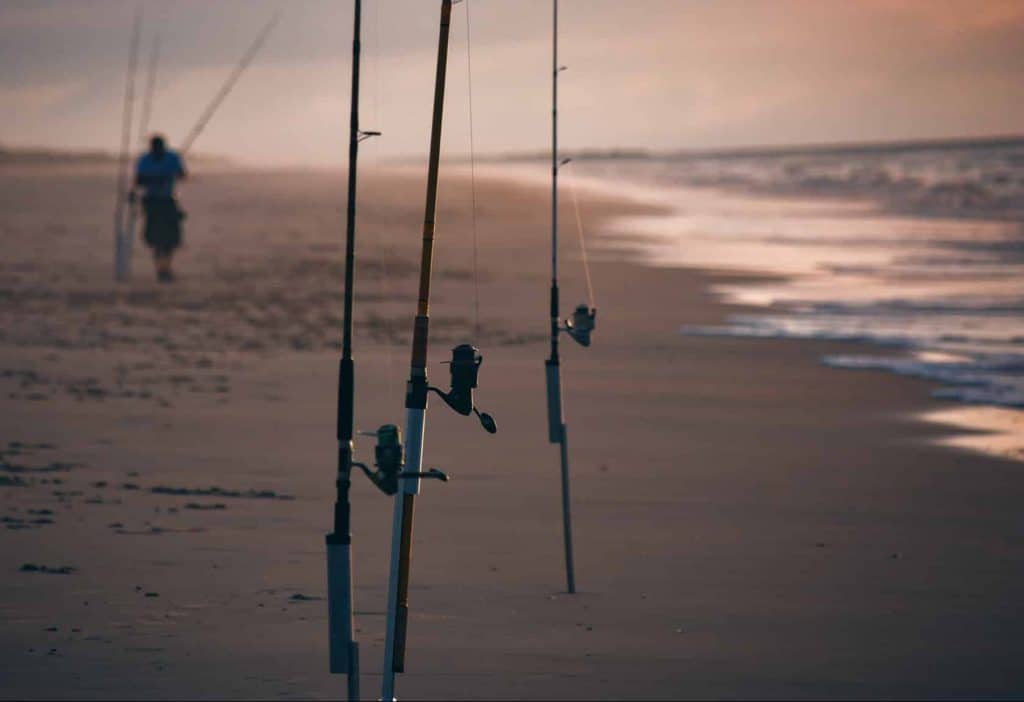
Avoid Slack Periods
I recommend you avoid slack periods if you want to catch game fish. Stagnation occurs at the peak of both high and low tides; it lasts for about 1 to 2 hours after each peak.
Currents are weakest during slack periods, so fish are also least active during these periods. Water currents carry the food, so the fish understand that no current means no food.
Follow Sea Currents
Remember tides form currents, experienced anglers and fishermen know how important it is to follow currents.
Fish try to conserve their energy at every opportunity, so they rarely try to swim against the water flow. Their instinct tells the fish that; food is on the way once they follow the water motion, and they tend to be rewarded, at least until someone or something catches them.
Fish are more prone to be attracted by your bait or lure because they are already actively feeding.
Study the formations during ebb/low tides (Surveillance)
When the water has receded to the sea, this provides the perfect opportunity to look around. Scout the rivers, creeks, and coastline areas that you will fish.
Look out for channels, rocks, deep holes, reefs, and other features that will either promote or disrupt water flow. Water flow disruptions lead to near-shore eddies (circular water movements) where food concentrates and fish feed.
The outer side of a creek’s curve is deeper than the inner side. The creek’s deeper outer curve is where the water will take the bait food and baitfish as it journeys towards the sea.
These are the kinds of features you can look out for during low tide and find a spot close to the deeper side of creeks to fish when the water regains its current and level.
Formations and obstructions like rocks and reefs disrupt the current flow preventing food and baitfish from being carried out to the deep sea. Prize fish always follow the food, so they stay in these areas to feed.
These are the areas you want to try fishing to target the prize fish that will also be gravitating to these areas searching for food.
Time the flushing of the flood or flow tide
The flood tide got its name for obvious reasons when the water from the high tide moves inland; it floods rivers, creeks and coastal swamps. After the slack period that lasts for 1 to 2 hours, the water gradually starts to recede toward the sea.
Nutrients, worms, microorganisms, vegetation, and crustaceans that were happily relaxing inland now find themselves dragged out to the sea.
Baitfish position themselves strategically at estuaries and other drainage areas along the coast waiting to feast on the delicious nutrients, worms, insects and microorganisms flushed out from the marshes, creeks and other inland sources.
The gamefish will be nearby waiting to feast on the baitfish that are feeding. To complete the food chain; you need to time this activity to ensure you are present while it’s happening.
Once you’re on the scene, you only need to monitor the baitfish because their presence means game fish are nearby and actively feeding. Gamefish are therefore very likely to bite your bait or lure.
Fishing at high tide – Conclusion
So, is fishing at high tide better?
Fishing at any time of day is a great way to relax and have fun, and if you can only cast your surf rod at high tide, it’s still better than not going at all! However, if you are looking to catch the big game fish that are actively feeding, neither high tide nor low tide is best to fish.
Both are peak periods where the currents are dormant. That means less food and less active fish, so these slack water periods are not conducive for fishing.
High tide, however, is an essential part of the tide cycle, it allows the water to flood back bays, marshes, and other inland areas collecting the food the fish need to survive.
The water will eventually take the food out to the sea as the high tide starts to recede. This part of the tide cycle. When the water begins to withdraw from the inland and coastal areas is the best time for you to fish as the fish will be active, feeding, and more likely to bite your bait or lure.
Latest Fishing Posts:
- How To Adjust A Baitcaster
- Magnetic Vs Centrifugal Brake Baitcaster
- Baitcaster Brake Vs Spool Tension
- Do Underwater Lights Work For Ice Fishing?
- Does Gulp Work For Ice Fishing?
- How To Dress For Ice Fishing
- Using Glow Sticks For Ice Fishing
- 10 Best Ice Fishing Pants
- 10 Best Ice Fishing Lures For Bass
- Level Wind Reel vs. Baitcaster

